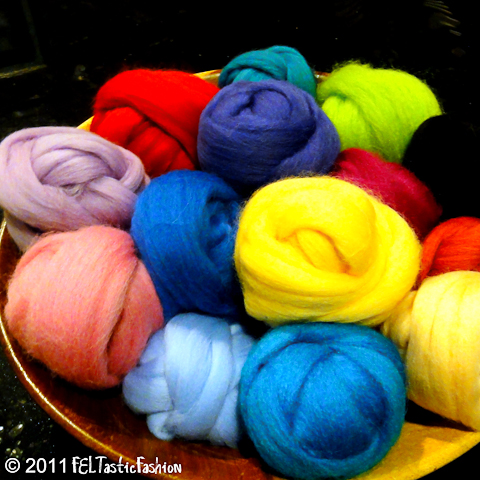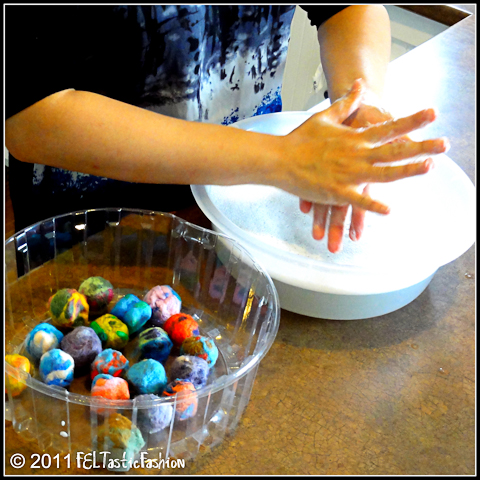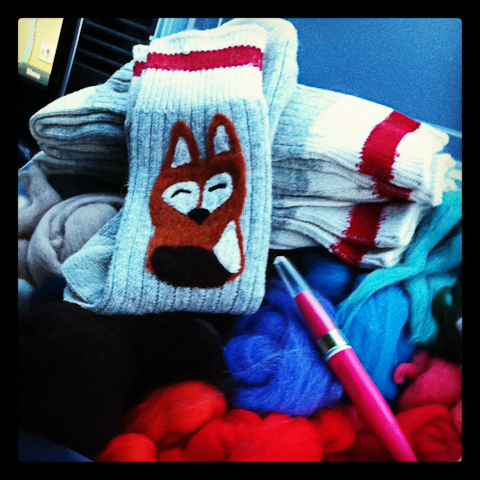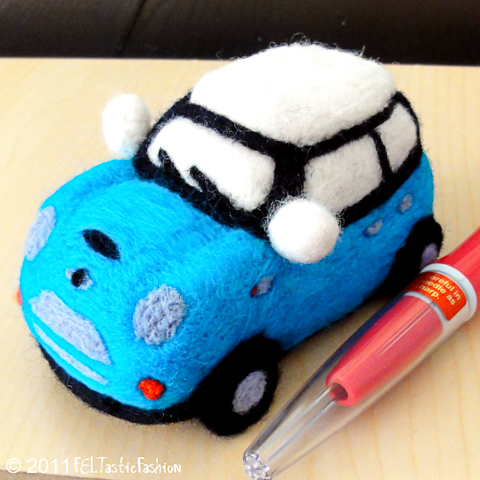About Wool
 Think About Wool. What comes to mind? Shrinkage? Itchy? Hand wash only? Probably not fashion pieces.
However, thanks to research and improved production methods, wool is better than ever! Wool is not only a natural, durable,
endlessly renewable and totally biodegradable material, it is also naturally stain resistant, wrinkle resistant, anti-microbial
(body odor resistant), anti-static, fire retardant, self-extinguishing, excellent insulation, quick drying and some are even
naturally water resistant! Wool fabrics also have a good UPF rating for both dry and wet situations and will protect against
the sun's harmful rays! Merino wool is often used for athletic garments, as it breathes and wicks better than most synthetic
fabrics. Mountain hikers, cyclists and even surfers wear them throughout both summer and winter! That is because wool is a
natural temperature regulator. Wool draws moisture away from the skin and evaporates moisture, regulating body temperature
in all conditions. Moreover, wool has a natural structure which allows it to absorb and release humidity. Research also
shows that the itchiness of wool is related to tiny barbs on the fibre’s surface. Nowadays, wool processors have
developed better wool treatments that help smooth out the barbs making wool much softer and more versatile.
Think About Wool. What comes to mind? Shrinkage? Itchy? Hand wash only? Probably not fashion pieces.
However, thanks to research and improved production methods, wool is better than ever! Wool is not only a natural, durable,
endlessly renewable and totally biodegradable material, it is also naturally stain resistant, wrinkle resistant, anti-microbial
(body odor resistant), anti-static, fire retardant, self-extinguishing, excellent insulation, quick drying and some are even
naturally water resistant! Wool fabrics also have a good UPF rating for both dry and wet situations and will protect against
the sun's harmful rays! Merino wool is often used for athletic garments, as it breathes and wicks better than most synthetic
fabrics. Mountain hikers, cyclists and even surfers wear them throughout both summer and winter! That is because wool is a
natural temperature regulator. Wool draws moisture away from the skin and evaporates moisture, regulating body temperature
in all conditions. Moreover, wool has a natural structure which allows it to absorb and release humidity. Research also
shows that the itchiness of wool is related to tiny barbs on the fibre’s surface. Nowadays, wool processors have
developed better wool treatments that help smooth out the barbs making wool much softer and more versatile.
About Felting
Felting is a process, beginning with raw sheep's wool, either dyed or natural colored.



Wet felting method involves dampening the raw wool with hot soapy water, then rubbing or shaking it a lot. Wet felting also adds strength and smoothness to a large piece of work.
Needle felting is done by needling the raw wool firmly with the felting needle. The needle is made of steel and has rough, barbed edges that allow a person to punch repeatedly through the wool to intertwine its fibres. There are two types of needle felting:
1) Applique needle felting, which is a 2D applique technique to attach wool fibres to a flat piece of felt or fabric;
2) Sculptural needle felting, which is 3D form wool creation. A typical felt creation takes an hour or more to poke a felting needle in and out of a ball of wool thousands of times, but one can stop the project & return to continue at anytime. Thus, Needle felting is a great craft for busy people who can only spare 10-15 minutes at time!
